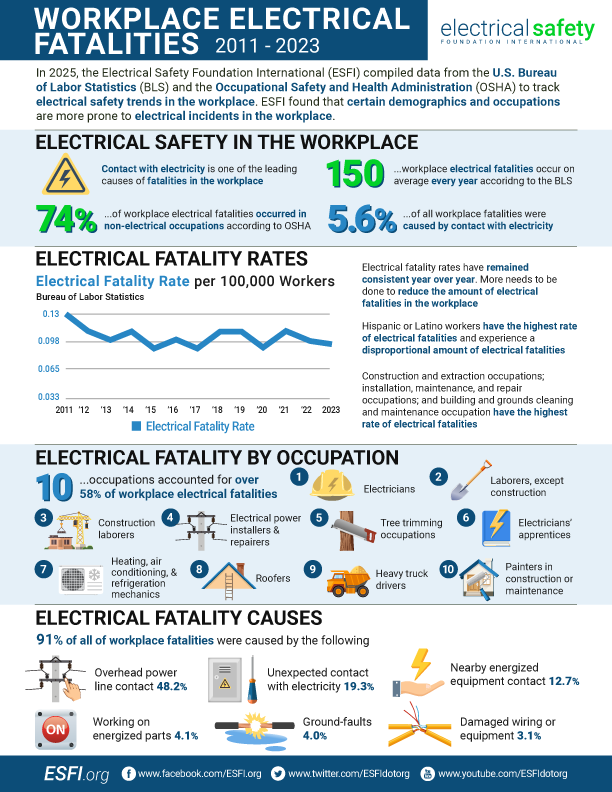Fishbrain
Member
- Location
- Continental US
- Occupation
- EC/EE
Just because those benefit calculations--that are made at corporate level doesn’t mean it is the ideal way to run a business going forward..Cost benefit calculations are made every day by every manufacturer ...there is a point where the cost to save a few lives just does not make any economic sense. Look to the Fort Pinto case.
There had been several instances where cost-cutting--for the sake of profit-making, greed and preferrable investment return become more important than consumer safety.
We (includes corporate environment) have learned over the years that this approach doesn’t make even more sensible economically.
Some CEOs were fired and businesses went belly-up because of this.
Case-in-point (below) demonstrate that it costs more in damage control when their cost-cutting scheme were put into action and eventually discovered.
..Toyota ECU (electronic control unit causing speeding)
..Volkswagen Diesel Testing emission rigging.
..Boeing 737 Max nose diving for no reason.
To mention a few.
Your Ford Pinto example is just a drop in the bucket in the sea of manipulation by corporations motivated by greed.
Fish



